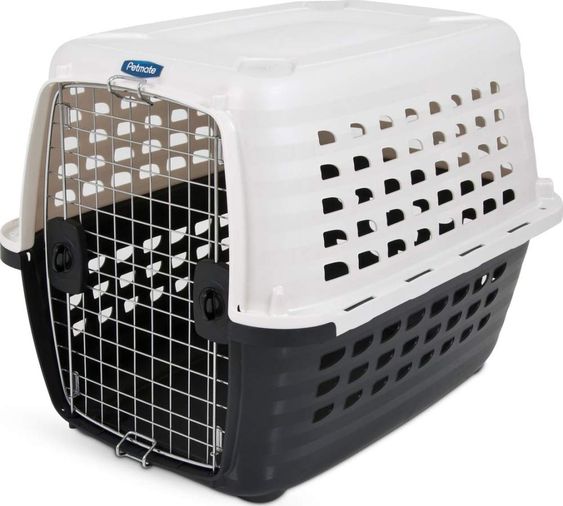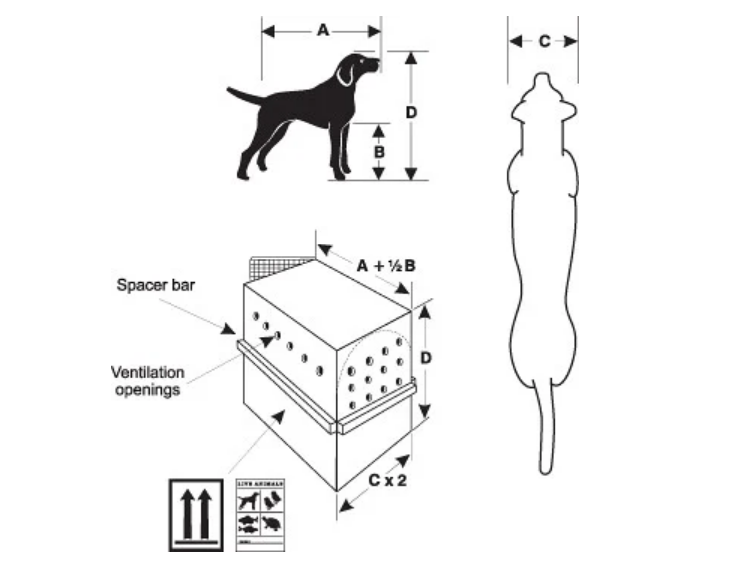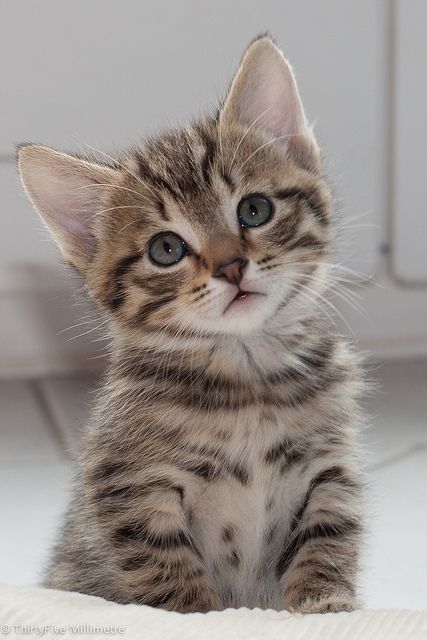IT is hard to measure my pet how can i do?
Ensuring that you have the correct size crate for your pet is essential in keeping them safe and calm during a trip. Pet owner may find it difficult to measure the dimension of your pet. You can place your pet near the wall and clam them down before the measurement, you could measure your pet dimension easier as your pet would not have so much space to move around and run away. You could also try to feed your pet during measurement, this could reduce troubles if they do not want to stay clam.
Keep the crate in a common area of your home
When your pet sees the carrier every day, it will become more familiar with its scent and sight. This will make the crate more familiar to your pet
Create a daily routine using the crate
Start feeding your pet each day inside the carrier. This will help your pet associate a happy routine with the carrier. If your pet is afraid of the carrier at first, remove the door and top half. You can put those pieces back on later as your pet gets more comfortable.
Keep toys/ bedding in the carrier
You can encourage your pet to begin going into their carrier on his/her own by including the toys and treats they like in the carrier. By putting his/her favorite blanket in the crate, your pet will also become accustomed to sleeping inside.
Practice makes perfect
Assemble the crate and allow your pet to spend at least 5-10 mins a day there.
In addition to bedding and toys, travel kennels can be equipped with additional items if these items are not bulky or obstruct the pet’s space. Plush toys could be possible to travel with pets as long as they do not pose as a choking hazard, but it is recommended you to ask the airline’s staff directly. No hard toys should travel with your pet.
To eliminate the possibility of your pet experiencing travel sickness, we advise you not to allow them to eat for 4-7 hours prior to their check-in time. On flights, pets are not permitted to eat, but all pets have access to clean drinking water.
Because of the high risk of choking, food will not be served on the plane. The pet is suggested to feed half its normal amount of food a few hours before departure . The pet crate can be supplied with water, but not overfilled since spillages could make your animal uncomfortable during the flight. You may attach some extra food and water to the outside of the crate in case your pet requires it during its journey and any special instructions.
Pet carrier tips for stubborn pets
Here are some tips to help your pet get used to their crate:
- You can make the crate less intimidating at first by placing the bottom half of it up, and encouraging your pet to enter. Once your pet is comfortable with only half the crate, you can add the top half and finally the door.
- Try to have them eat their dinner near the kennel at first, and place the bowl closer and closer until they are happy to eat inside the crate.
- Your pet should know they can exit the cage if they decide to go inside by holding the door open or building the crate without a door.
Pet Carrier Tips for Nervous Pets
For pets that are particularly nervous, or for those that experience anxiety or travel sickness, you can ask your vet to recommend Feliway (for cats) or Adaptil (for dogs). These are sprays that release pheromones to soothe your pet under stress. The spray can be applied to the inside of the travel kennel, car, or bedding.






